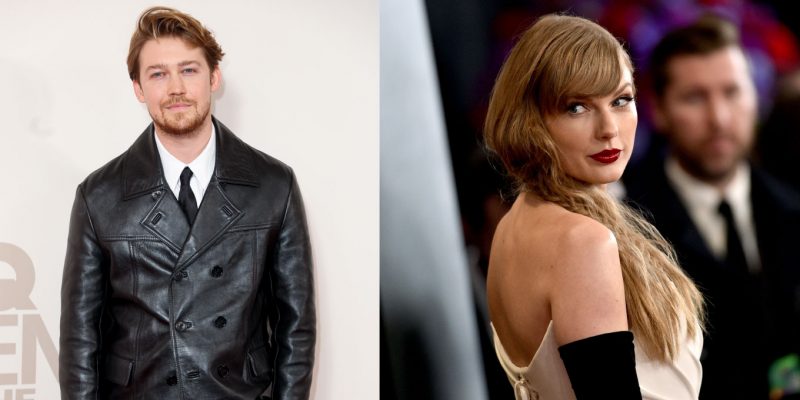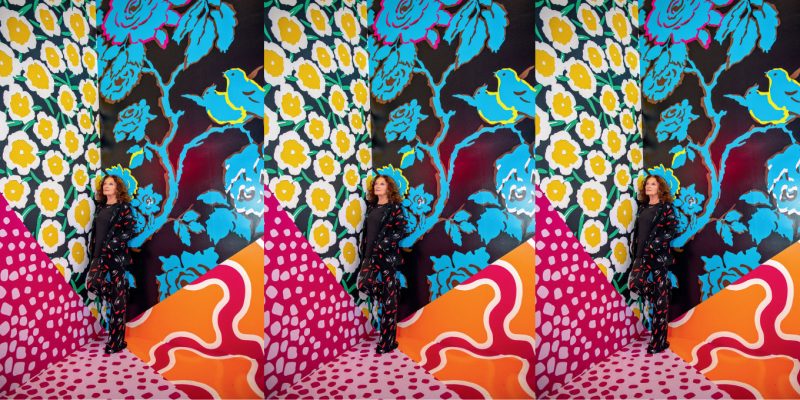Trends
See saw: Transparent design is back
From sheer chiffon blouses to see-through pants, transparency was a major theme on the spring/summer runways.
by : Elle Canada- Feb 5th, 2009
Thirteen years ago, I got married in a see-through bubble-wrap wedding dress with a raw-silk bustier on top and clear jelly sandals on my feet. Although, for decency’s sake, I wore a pair of shorts under the long skirt, transparency was the theme of our marriage: It was poetic and simple — and racy to boot! This spring, many designers have deployed upbeat transparency to counter the deep opacity of market turmoil. Full-disclosure Akris shifts are the uncomplicated stuff of sunny days — so light as to seemingly vanish. But the return of barely there style doesn’t seem to be so much about sexiness this time around as some of the things we were intimating with the bubble-wrap wedding dress, like honesty and spirituality. Okay, it’s just a sheer chiffon blouse, you say, not St. Augustine’s City of God, but in their own limited way, the runways are picking up on ideas of transparency and invisibility that are filtering in from physics labs, the art world and the industrial-design sphere.
Ever since Bauhaus, minimalism has been the great goal of most contemporary industrial designers, but invisibility goes one step better: Stripped of decorative excess and functional details, pieces like the phantom polycarbonate chairs that Philippe Starck created for Kartell have been stripped of their materiality too, like Wonder Woman’s now-you-see-it-now-you-don’t airplane. From an invisible rug designed to bend visible light rays like a mirage in the desert to Ross Lovegrove’s prototype transparent car — the Aerospace car, a solar-powered ovoid on wheels that doubles as a street lamp when it’s recharging at night — the design world abounds in the great unseen.

Then there is Yasmin Sethi’s Alice Chess Set: Its specially coated LED-
embedded glass playing pieces are opaque when they’re off the chessboard and become transparent when in play, each revealing a traditional chess piece encased inside. Camouflaged objects like Tokujin Yoshioka’s Water Block are also designed to vanish into thin air. A bench carved out of the massive optical glass used in observatory telescopes, Water Block looks exactly like rain, disappearing in a downpour. The ultimate sleight-of-hand optical illusion, however, is the Harry Potter invisibility cloak, which British and American scientists probably got to work on as soon as they read J. K. Rowling’s Harry Potter and the Philosopher’s Stone. So far, they’ve managed to create meta-material cloaking devices that bend electromagnetic and light waves around objects, making them shadowy or, if they’re monochromatic, invisible. With a little complex nanotechnological engineering, someday we, too, could be skulking around, stealing potion books sight unseen.
Still, in the spectrum of vanishing acts, wave-deflecting invisible cloaks are just smoke and mirrors — even if they’re a very sophisticated form of abracadabra. What about objects that actually disappear — which the more pedestrian among us would call “biodegradable”?
Helen Storey, a former-fashion-model-turned-designer, worked with scientist Tony Ryan on dresses that slowly disintegrate. Called Wonderland, the dresses are made of special polymers that dissolve when they come in contact with water. They have made the rounds of several art galleries and shopping centres in the United Kingdom, drawing big crowds. “A dress can disappear in 15 seconds if you immerse it in water,” says Storey, who has been working on ideas of invisibility for the past 10 years. “We’ve been lowering them slowly on scaffolds into pools of water. They can last up to four weeks. Everyone appreciates the metaphor of ‘disappearing dress to disappearing planet.’” Through her foundation, Storey and Ryan have been working on ideas that attempt to not only reduce our footprint but also help make it vanish someday. These include packaging materials that dissolve like the Wonderland dresses, which are slated to arrive in stores next year. “I came up with a bottle that disappears by changing into a gel that acts as a soil base, with seeds incorporated inside the cap of the bottle,” says Storey. “One of my other ideas is a carrier bag made of polyvinyl alcohol that dissolves in water into a substance that purifies water in the sewage system farther down the line.”
While my bubble-wrap wedding dress didn’t dissolve after the vows were exchanged and the wedding cake was cut, we did jump up and down on it until all the bubbles popped. I can’t say what that augured for my
marriage — except that, among the many themes that transparency and invisibility lend themselves to, it’s really about the disconnect between seeing and being: You may not see the bench, but it’s there. You may see a dress, but look again and it’s gone. It’s no longer “What you see is what you get” but something much less straightforward and much more intriguing — which isn’t a bad interpretation of the institution of marriage. What you see is often what you don’t get, and what you don’t see just might be what you get in the end.
Newsletter
Join our mailing list for the latest and biggest in fashion trends, beauty, culture and celebrity.
Read Next

Fashion
Zendaya Welcomes Spring in a Retro Floral and Tulle Dress
Another day, another preppy tennis-core look.
by : Briannah Rivera- Apr 23rd, 2024

Culture
A Joe Alwyn Source Explains Why He Didn’t Want to Talk About Dating Taylor Swift
Following the release of The Tortured Poets Department, new insight about the British actor’s decision emerges.
by : Alyssa Bailey- Apr 23rd, 2024

Beauty
Tested and Approved: Your New Hydrating Skincare BFF
This new product has all of your skin’s thirst-quenching needs covered.
by : ELLE Canada- Apr 17th, 2024




